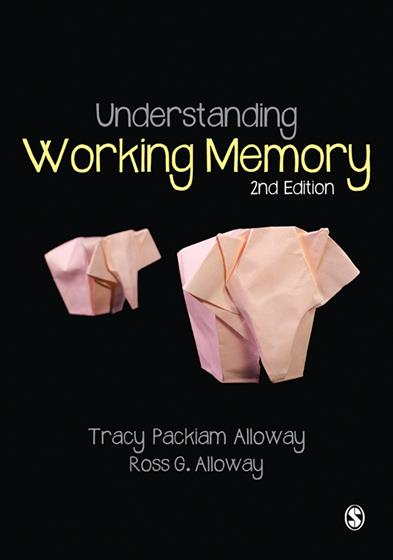Hands-on, Practical Guidance for Educators
From math,
literacy, science, equity, multilingual learners, and SEL, to assessment, school counseling,
and education leadership, our books are research-based and authored by experts
on topics most relevant to what educators are facing today.

Understanding Working Memory
Second Edition
Product Details
- Grade Level: PreK-12
- ISBN: 9781446274200
- Published By: Sage UK
- Year: 2014
- Page Count: 168
- Publication date: December 01, 2014
Review Copies
Review copies may be requested by individuals planning to purchase 10 or more copies for a team or considering a book for adoption in a higher ed course. Request review copy

